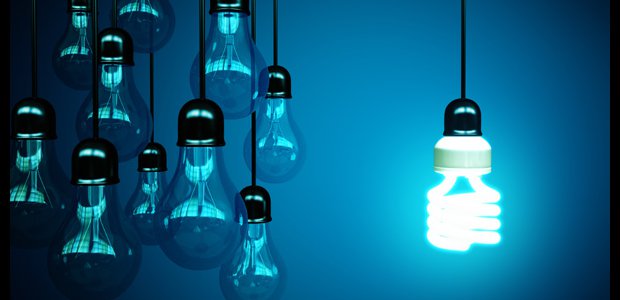The main power utility PPC’s retail electricity market share contracted by an additional percentage point in May, dropping to 85.5 percent from 86.49 percent a month earlier, according to unofficial data obtained by energypress.
If confirmed, this market share loss will represent the fourth in as many months, and, more or less, of the same size, for PPC. Roughly one percent of the utility’s clients have transferred to independent suppliers every month since February.
Though this market share contraction appears to be steadying into a regular rate, it will not be enough if PPC is to achieve a bailout-required market share drop to 75.24 percent by the end of this year.
Making matters even more difficult for PPC, it remains questionable whether the utility’s current market share surrender rate of roughly one percentage point per month can be sustained over the next few months.
On the other hand, independent electricity suppliers presently have little leeway for further client base gains, company officials told energypress.
NOME auction prices and electricity amounts offered, combined with other factors such as supplier surcharges and CAT expenses, is all limiting the ability of independent electricity suppliers to make attractive offers.
An initiative taken last summer by PPC to offer customers a 15 percent discount for punctual payment of electricity bills has made the task even more difficult for independent electricity suppliers.
“The market cannot open up spectacularly if PPC keeps pursuing such policies,” a company official at one independent electricity supplier told energypress, while also highlighting the paradoxical nature of the utility’s effort to hold on to customers despite being obligated, by the bailout agreement, to reduce its market share.
In addition, independent electricity suppliers are neither able nor willing to offer tolerant electricity bill collection policies, as is the case at PPC. This flexibility, maintained over many years, has been a key cause of the utility’s current unpaid receivables problem.
“Consumers aware of the fact that they will not be troubled if owing electricity bill amounts of up to 1,000 euros have good reason to remain with any supplier offering such a benefit,” the independent electricity supplier official noted.
In the mid-voltage category, consisting of enterprises using considerable electricity amounts, the transfer activity from PPC to independent electricity suppliers was satisfactory during the early stages of the electricity market liberalization process but has since slowed down. In fact, independent electricity suppliers, in an effort to keep their mid-voltage clientele, have needed to offer lower prices, which has increased the risk of losses.
Suppliers at the top of their game are making sensible moves to gain some market ground while avoiding risks that could lead to any financial strain.
Among the independent electricity suppliers, Elpedison’s share, at the end of April, stood at 3.25 percent. Protergia followed with 3.24 percent. Heron was next with 3.15 percent. The top three independent suppliers were followed by: Watt+Volt (1.01%); NRG Trading (0.96%); Volterra (0.73%); Green (0.53%); OTE (0.22%); Viener (0.06%): ELTA (0.05%); Interveton (0.05%); Novaera (0.03%); Ken (0.03%); Growth (0.02%); and Volton (0.01%).





